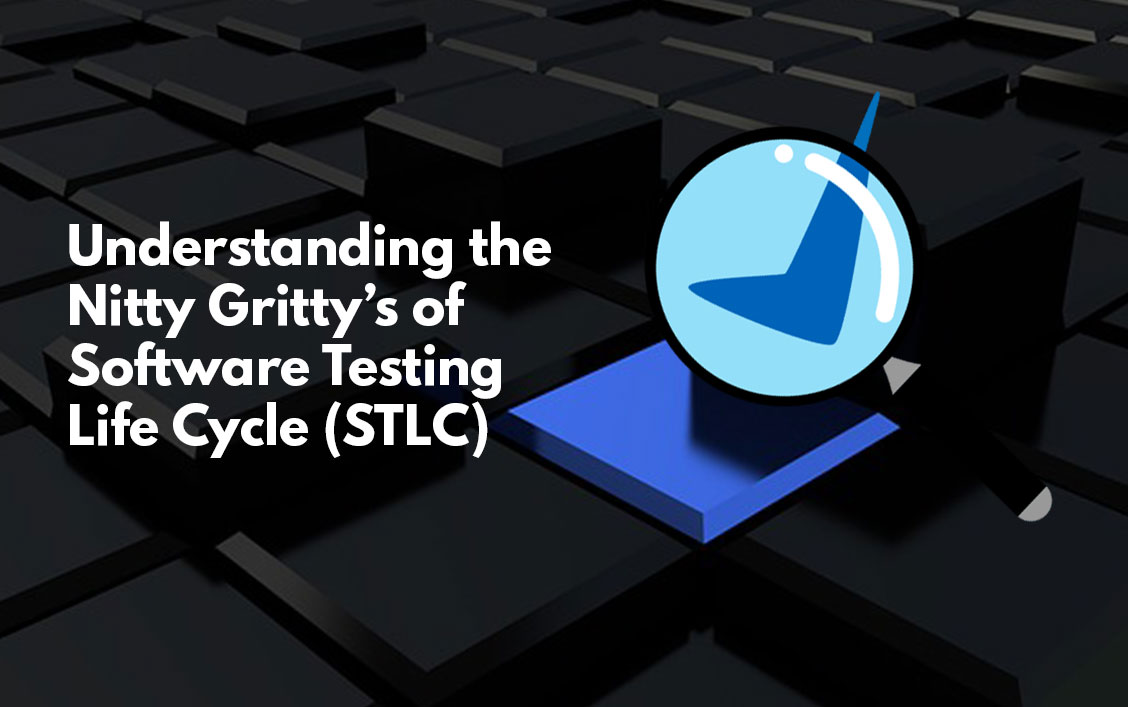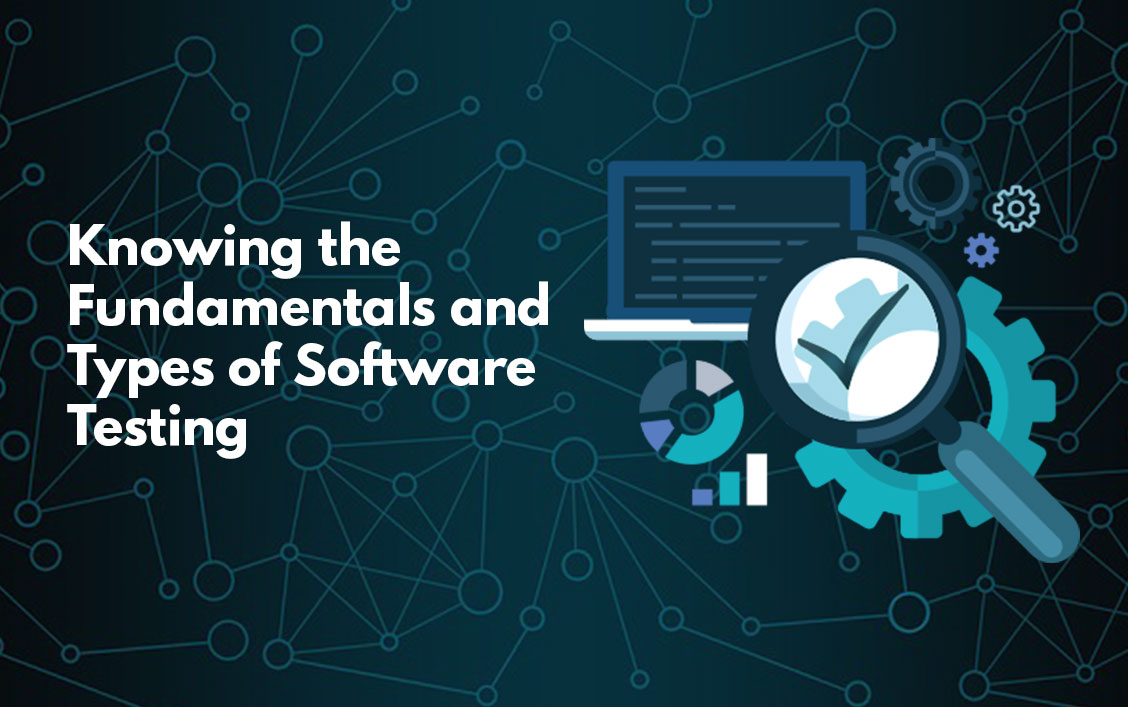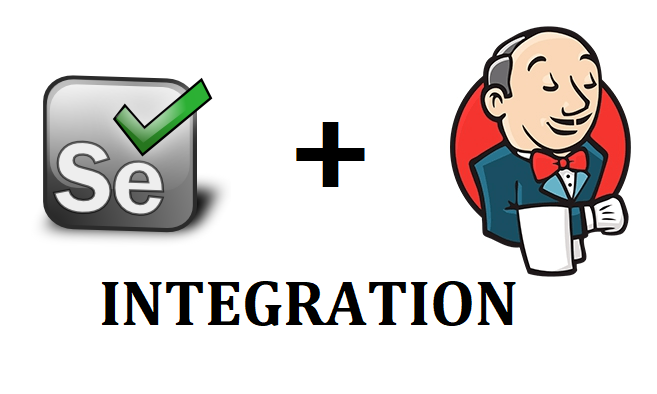
by Oviya | Jun 1, 2020 | Magento, Testing
Reading Time: 3 mins Magento, an Adobe company is setting continuous success stones in the E-commerce industry. One of the striking features of the Magento platform is that it keeps growing as a community, as an e-commerce trend and as an organization. It continues to...

by Mohammad azarudheen | Jun 1, 2020 | Testing
Reading Time: 5 mins It is a sequence of activities carried out by testers to perform high quality software. Though STLC uses term ‘testing’ it does not involve only testing task done by tester but also includes task contributed by developers, quality analysts and...

by Mohammad azarudheen | Jun 1, 2020 | Testing
Reading Time: 4 mins Testing is an activity to check whether the software product is defect-free and verification of an application (or a software) against the expected (or client’s) requirements. The pioneer in software engineering, Watts. M. Hemphrey is regarded as...

by Mohammad azarudheen | Jun 1, 2020 | Magento, Testing
fProceed with the Next button to finish the installation process. Reading Time: 7 mins Umpteen businesses banks on Magento, an e-commerce platform which is named as one of the ‘Leaders’ of B2B e-commerce. Effective measures must be undertaken to test a complex...

by Mohammad azarudheen | Jun 1, 2020 | Testing
Reading Time: 5 mins Overview Appium, an unreservedly distributed and open-source automation tool for mobile applications, including; native applications, mobile-web applications and hybrid applications. It is the only automation tool that works for both iOS and...

by Mohammad azarudheen | Jun 1, 2020 | Testing
Reading Time: 3 mins Taking Screenshots for Failed Test Cases Using Selenium In the below steps, let us see how to take screenshots for the failed test cases using Selenium WebDriver soon after analyzing the Output. Step 1: Replace the webdriver object to...







